#Silk
Text
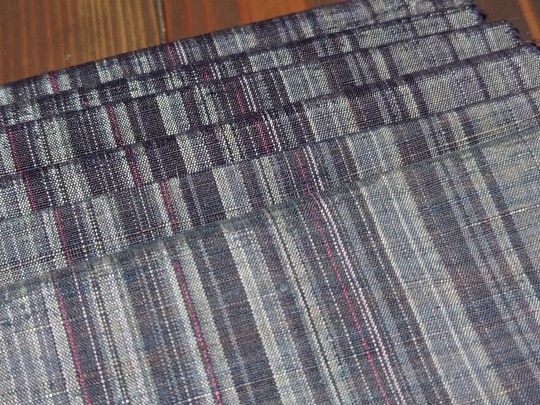
終わった…
I've just finished...
177 notes
·
View notes
Text

Boots
c.1889
France
LACMA (Accession Number: 37.42.1a-b)
#boots#fashion history#historical fashion#1880s#1889#gold#silk#satin#france#belle epoque#accessories#shoes#19th century#lacma
147 notes
·
View notes
Text


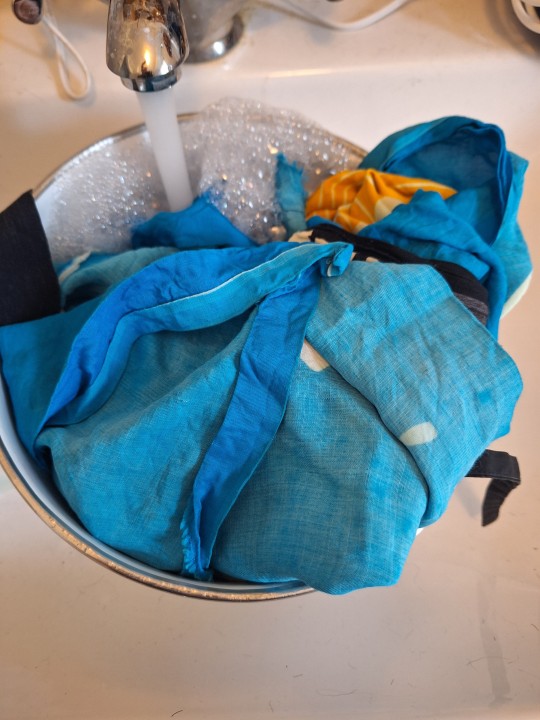
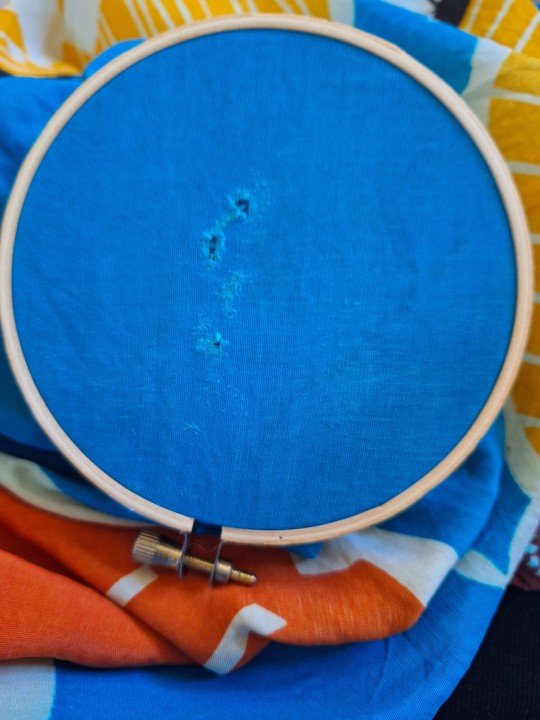

My mom asked me to mend this top for her last time she visited. It's silk and very old; i mended it in the past (very badly) and I think my mom mended it before that as well. There was 2 layers of mending. Also some staples. The original seams are totally gone, so I will need to reassemble it.
Anyway, I took the old mending out as it had completely deteriorated and also was very badly done. Then I washed it... the dye bled a TON, but it did need to be washed. Idk. Now I'm darning the holes; after that I will try to gently iron it, and then reassemble it. I'm sure I won't have time for all of this before she gets here again this week given that darning this tiny spot has taken half an hour already. Oh well. It's not like she's paying me and this is a lot of work (ngl, would not have taken it on if I'd realized the condition it was in) so it takes as long as it takes.



#mending#visible mending#silk#idk what kind of top this#maybe someone can fill me in when you guys see it assembled#oh my god i hate darning with thread btw it SUCKS
42 notes
·
View notes
Text
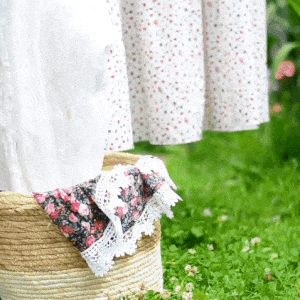
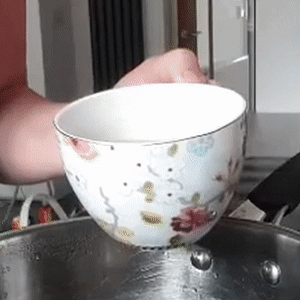
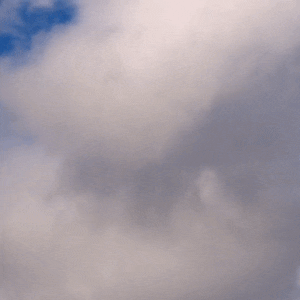
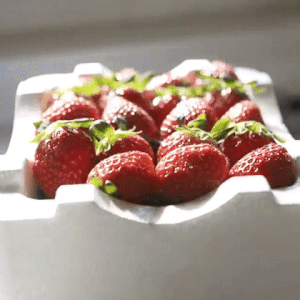



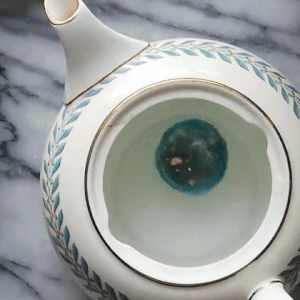

Leftover Stims
x l x l x
x l x l x
x l x l x
30 notes
·
View notes
Photo
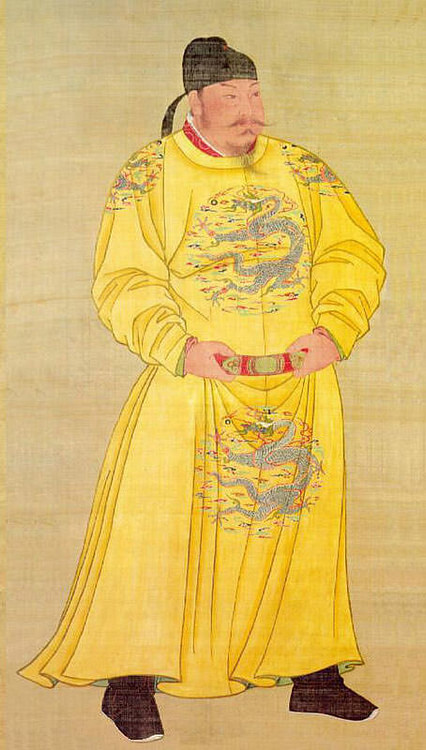
Silk in Antiquity
Silk is a fabric first produced in Neolithic China from the filaments of the cocoon of the silk worm. It became a staple source of income for small farmers and, as weaving techniques improved, the reputation of Chinese silk spread so that it became highly desired across the empires of the ancient world. As China's most important export for much of its history, the material gave its name to the great trading network the Silk Road, which connected East Asia to Europe, India, and Africa. Not only used to make fine clothes, silk was used for fans, wall hangings, banners, and as a popular alternative to paper for writers and artists.
Origins & Cultivation
Silk is produced by silk worms (Bombyx mori) to form the cocoon within which the larvae develop. A single specimen is capable of producing a 0.025 mm thick thread over 900 metres (3,000 ft) long. Several such filaments are then twisted together to make a thread thick enough to be used to weave material. Fabrics were created using looms, and treadle-operated versions appear in, for example, the murals in tombs of the Han dynasty (206 BCE - 220 CE). The silk could be dyed and painted using such minerals and natural materials as cinnabar, red ochre, powdered silver, powdered clam shells, and indigo and other inks extracted from vegetable matter.
Sericulture - that is the cultivation of mulberry leaves, the tending of silkworms, the gathering of threads from their cocoons and the weaving of silk - first appears in the archaeological record of ancient China c. 3600 BCE. Excavations at Hemudu in Zhejiang province have revealed Neolithic tools for weaving and silk gauze. The earliest known examples of woven silk date to c. 2700 BCE and come from the site of Qianshanyang, also in Zhejiang. Recent archaeological evidence suggests that the Indus Valley civilization in the north of the Indian subcontinent was also making silk contemporary with the Neolithic Chinese. They used the Antheraea moth to produce silk threads for weaving.
However, silk production on a large scale and involving more sophisticated weaving techniques would only appear from the Chinese Shang and Zhou dynasties in the 2nd millennium BCE. Silk then became one of the most important manufactured and traded goods in ancient China, and finds of Shang dynasty (c. 1600 - 1046 BCE) silk in an Egyptian tomb are testimony to its esteemed value and use in early international trade.
Continue reading...
31 notes
·
View notes
Text
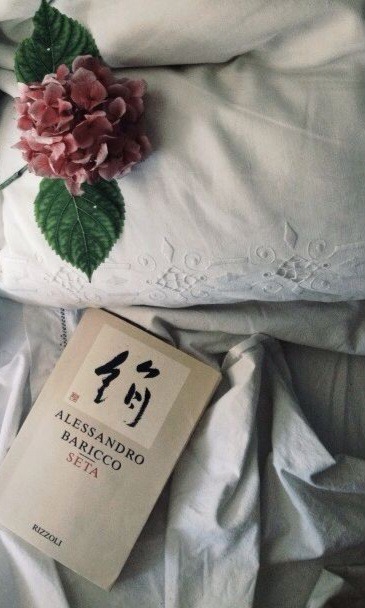
Nella stanza senza luci sentì la bellezza del suo corpo, e conobbe le sue mani e la sua bocca.
Alessandro Baricco, Seta
19 notes
·
View notes
Text
How to make quilts from the silk of the silkworm | source
11K notes
·
View notes
Text


Spider-Girls
5K notes
·
View notes
Text

Just the gals! ♡
#my art#spider girl#mary jane watson#anya corazon#spider gwen#spinnerette#spinstress#silk#jessica drew#cindy moon#she venom#she carnage#black cat#night spider#spiderverse fanart#I haven't seen the movie yet ;;;
10K notes
·
View notes
Text

Alessandro Baricco, Silk
2K notes
·
View notes
Text



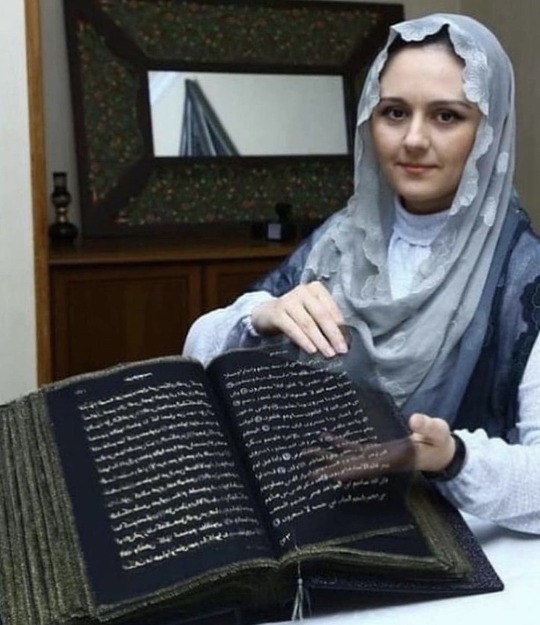
Azerbaijani artist Tunzala Mamedzadeh's Hand-Painted Quran in Gold on 164 Feet of Black Silk
5K notes
·
View notes
Text

余り経糸は麻で織ってみよう!の第二弾。
意外とピンクだったのです、実は。
I weave extra warps with rammie yarn.
77 notes
·
View notes
Text

Boots
c.1889
New York, New York
LACMA (Accession Number: M.67.8.138a-b)
#boots#fashion history#historical fashion#1880s#accessories#bustle era#gilded age#silk#satin#19th century#off white#united states#shoes#lacma
132 notes
·
View notes
Text
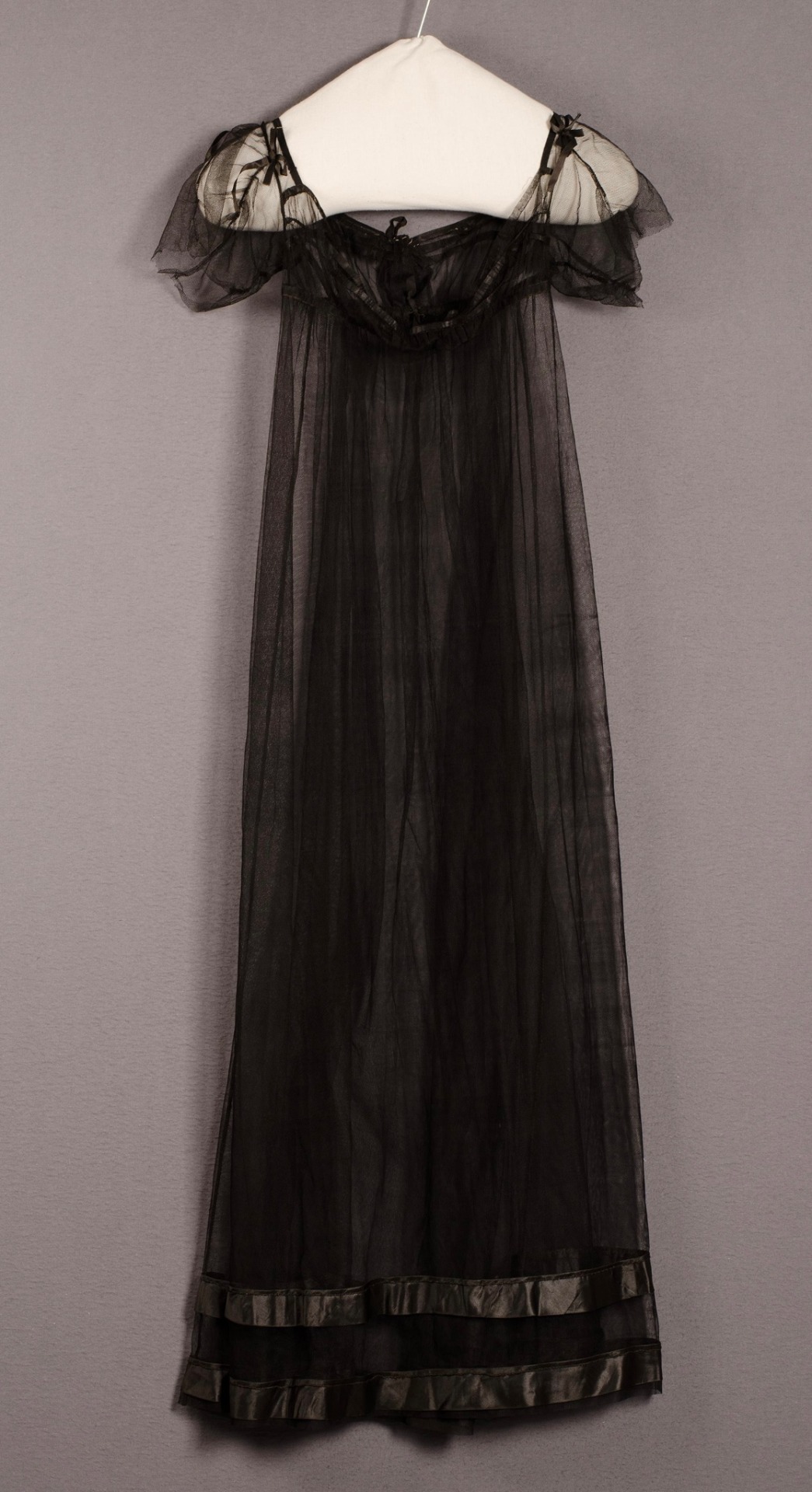

Black empire style gown
Tulle and silk
C. 1800-1810, Napoleonic era
Centraal Museum, Utrecht
#dresses#dress#centraal museum#CMU#fashion#napoleonic era#napoleonic#first french empire#french empire#19th century#france#history#tulle#silk#pretty#fashion history#history of fashion#historical fashion#1800s#regency#empire style#regency fashion#jane austen#1800s fashion
4K notes
·
View notes
Text
2K notes
·
View notes
Text

2K notes
·
View notes